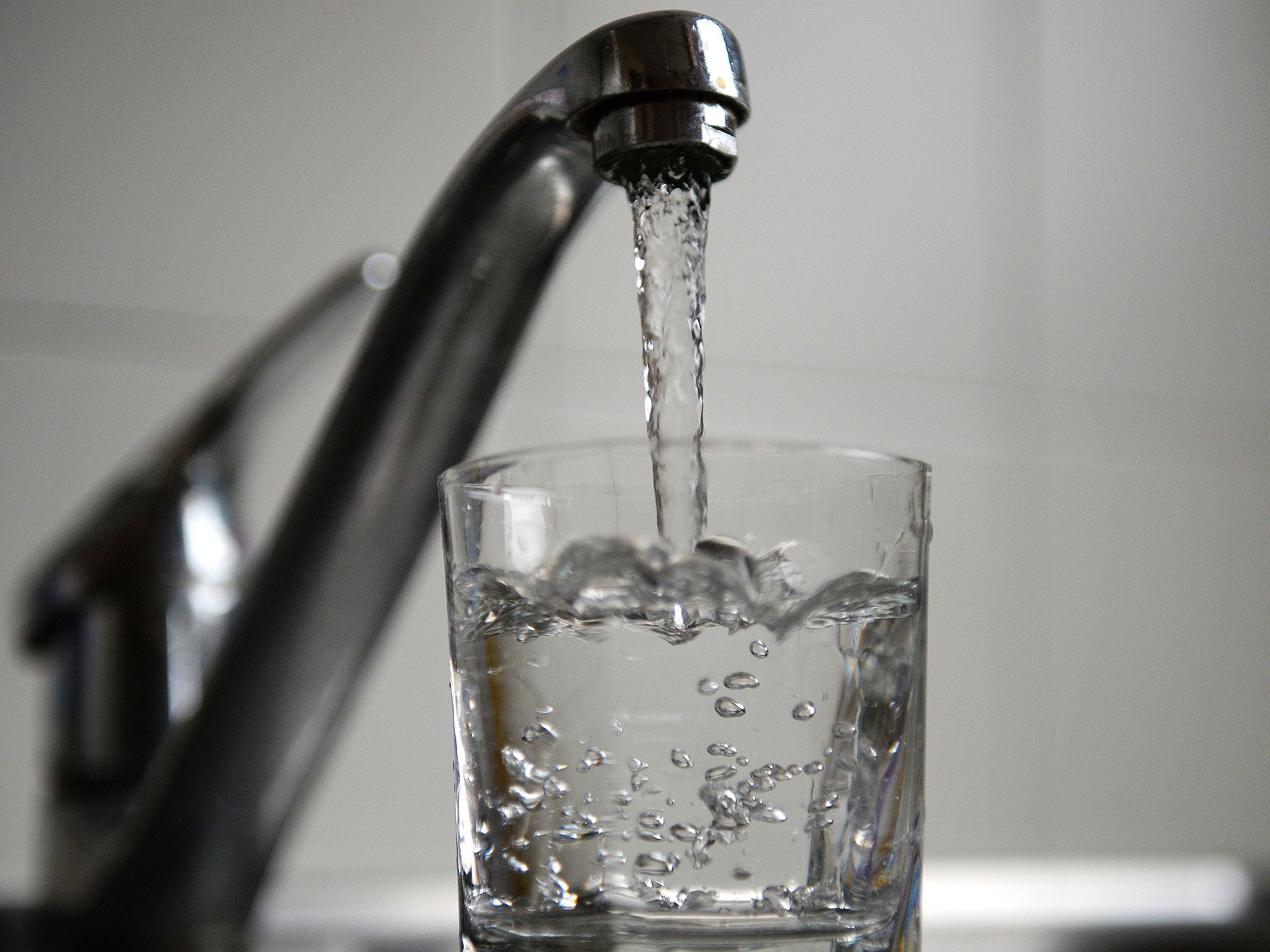MIT team create method of removing salt from water to make it drinkable
The technology was specially designed for low-energy consumption

An MIT team has designed an award-winning and environmentally friendly method of turning salt water into drinking water using solar power.
The team from the Massachusetts Institute of Technology partnered with Jain Irrigation Systems to invent a system that works by using solar panels to charge a bank of batteries.
These are then used to power an electrodialysis machine that removes undesirable irons from the water to make it drinkable. It further disinfects water using ultraviolet rays.
The method was specially designed for low-energy consumption and to limit costs, particularly in off-grid areas.
David L. Chandler, of the MIT News Office, explained on the MIT Energy Initiative website: "Electrodialysis works by passing a stream of water between two electrodes with opposite charges.
"Because the salt dissolved in water consists of positive and negative ions, the electrodes pull the ions out of the water, leaving fresher water at the center of the flow. A series of membranes separate the freshwater stream from increasingly salty ones."
The innovative method won The 2015 Desal Prize, which was created to "challenge innovators throughout the world to create cost-effective, energy efficient and environmentally sustainable desalination technologies".
Christian Holmes, USAID's Global Water Coordinator, said: "By 2050, global water demand is expected to increase by 55 percent, and 70 percent of global water use occurs in food production."
Desalination technology is becoming increasingly crucial as a way to ease the strain on freshwater resources caused by population growth, global development, droughts and climate change.
The MIT announcement comes as California continues to suffer from a severe drought, after introducing mandatory water restrictions for the first time in the state’s history.
Governor Jerry Brown ordered the Water Resources Control Board to enforce a 25 per cent reduction in water usage across the state at the beginning of April.
In March he unveiled a $1bn drought relief plan to pay for water projects, and provide aid to small communities across the state.
In Los Angeles, whose residents use an average of 265 litres per day, an academic study found that the most affluent neighbourhoods used up to three times more water than others.
Join our commenting forum
Join thought-provoking conversations, follow other Independent readers and see their replies
Comments
Bookmark popover
Removed from bookmarks